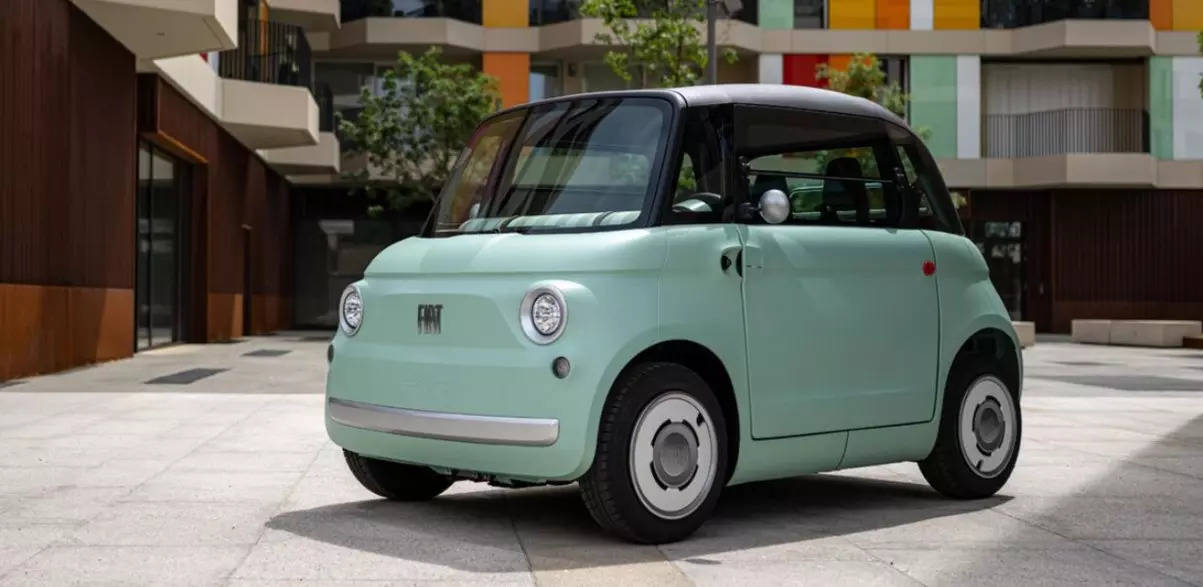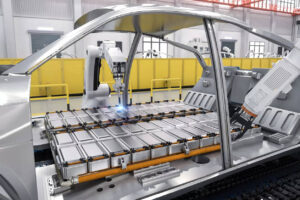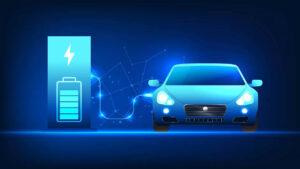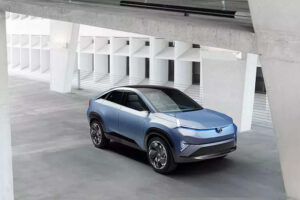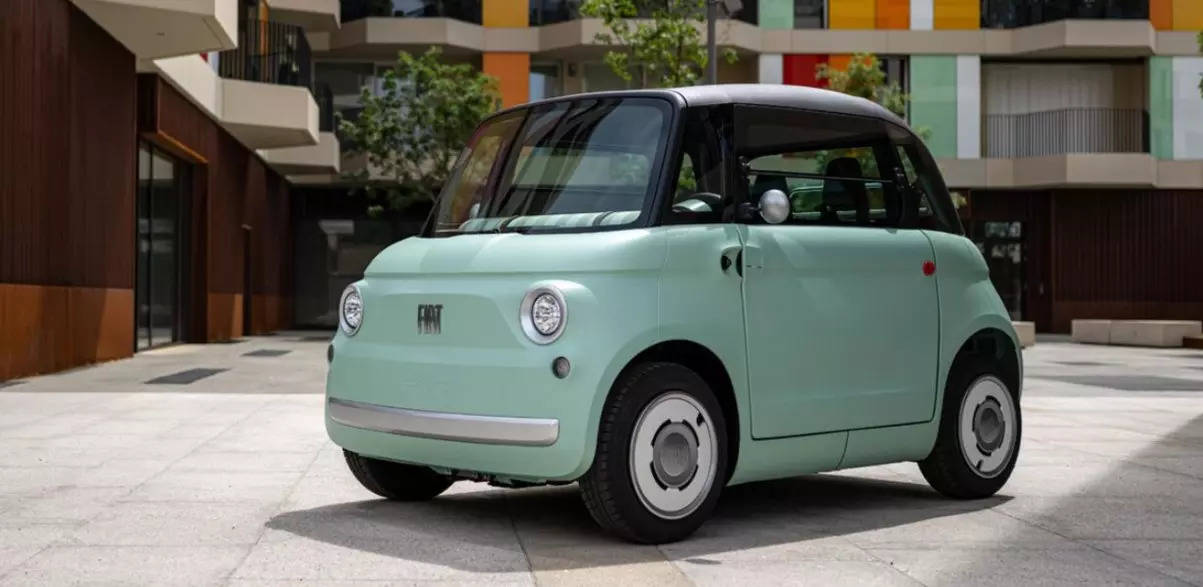
This is the Fiat Topolino EV, recently launched in Europe. It’s small. Really small. It has a top speed of just 45 kph, certified range of a mere 75 km (more like 60 km in real world) and can seat just two people. So, an adorable little toy without much practicality. We will come back to it. For the moment, let’s consider a question…
Imagine you could own only one car (like most of us). What would you want that ‘one car’ to be able to do?
Dropping the kids to school. Keeping you sane in insane traffic. Picking up the in-laws from the airport (unless you live in Bangalore!) Holiday out of the city with the family and luggage. And pretty much everything in between. And do all of these comfortably, affordably, safely, while also looking sharp.
In early 2000’s India, the above description fit a hatchback / premium hatchback. Or if you had more money, then maybe a sedan. Over the last 10-12 years, the Indian customer has gravitated towards a body style which we know as the ‘SUV’, even if that’s far from what an SUV really is. In terms of fuel, we had a diesel boom for a decade. This has now given way to petrol. And a few green shoots of petrol-hybrid.
How about EVs?
India is today the world’s 3rd largest ‘car’ market, behind the USA at no.2 and China at no.1. In this market of 4.2 million vehicles annually, EVs currently contribute barely 2%. Yes, they are growing fast (+110% year-on-year, compared to +8% for the overall car market), but on a much smaller base. Yet, irrespective of how one looks at it, EVs are not growing as fast as pundits expected them to.
Why aren’t more Indians buying EV’s?
Let’s come back to that earlier premise of ‘one car’ that does it all. And then evaluate what all an EV can do. And cannot.
Can an EV handle urban driving duties? Absolutely, and arguably better than an ICE vehicle (Internal Combustion Engine), thanks to no gears/clutch to fiddle with, and highly efficient drivetrains in stop and go traffic.
Are EVs comfortable in our hot, bumpy driving environments? Absolutely. Modern connected features, batteries large enough to support air-conditioning, and suspension setups just as advanced as any.
Are EV’s safe? As safe as any car on the road, provided they are designed and engineered by a reputed brand.
But can EVs hit the highway? Transport your family & luggage from Mumbai to Goa without any hassle? Well…kind of. And that’s a bigger problem that it appears to be.
If it’s a small EV with a small battery, then it needs frequent stops to charge the battery, which could be anything between 2-6 hours. That makes your Goa drive much longer than you want it to be. If it’s a larger EV with a larger battery, then it needs fewer stops to charge the battery e.g. 1-2 stops for lunch / coffee while the battery gets charged…which is not too bad.
So, just buy the bigger EV right? It’s not that simple.
ICE – EV comparison
(Images courtesy: Tata Motors website)
Let’s take one of the most popular cars in India today – the Tata Nexon – a typical ‘one car’ that can pretty much do it all. It’s great on the highway, is large enough for a family of five, and is compact enough to handle urban duties as well. A great ‘one car’ that does it all.
For a fair ICE v/s EV comparison, let’s take similar variants: petrol-automatic ‘Creative Plus’ variant (INR 12.5 lakh ex-showroom), versus the EV ‘Creative Plus’ variant (INR14.5 lakhs ex-showroom). Without going too deep into the features, prime facie, a comparable EV version is 16%-20% more expensive than the petrol-automatic, irrespective of the brand or the model.
Now, if you drive a lot in the city, where the EV will be 5x-6x cheaper to run per km, you could argue that the premium is justified. But if your daily commute is only 15-30 km, which is fairly common, then you will need a long time to recover the additional INR 2-2.5 lakh you paid upfront (not to mention the opportunity cost of INR 2-2.5 lakh). And the additional bogey of battery replacement after 5-6 years, which can be almost 50% of the original price of the vehicle, irrespective of the brand.
The Indian car buyer is smart
The above calculation might appear complicated, but it is a calculation which every other car buyer in India is doing sub-consciously in his/her head today, without possibly even pulling out a calculator. Instinctively, we are a country that seeks value and practicality in most of our choices. We are not easily swayed by trends, whether it is ditching parathas and dosas in favour of cornflakes for breakfast. Or saying ta-ta to our sarees & kurtas in favour of western clothes. We Indians embrace the best of the world, but never shy away from being who we are.
So, when an Indian customer wants to buy that ‘one’ car for which he/she has been planning and dreaming, he/she wants a car which can do it all. Sure, there are EVs which fit the bill, but they’re expensive. Really expensive, when you factor in the TCO (Total Cost of Ownership). And the ones which aren’t that expensive, are not the ‘one car’ that can do it all. And that’s probably why you don’t see your apartment garage getting filled up with EV’s, even though 90% of the buyers could have probably bought one if they wanted to.
The numbers
China has 183 cars-per-1000 people. The USA has 594. India has just 24, despite being the world’s 3rd largest market already! India’s population is 4.5x bigger than that of the US, with an economy growing at 6% annually, compared to the USA’s 2%. In this scenario, any logical mind would agree on two forecasts:
1)Many Indians are going to buy their 1st car in the years to come, and / or replace their existing cars.
2)Many other Indians are probably going to buy their 2nd or 3rd car in the years to come, as happened in China or the USA.
As per a Goldman Sachs report, EV battery prices are expected to continue to fall year-on-year.
And taking that projection forward, EVs and ICEs are expected to achieve price parity by 2030, as per RMI – a well-known think-tank on electrification. Assuming that pans out as projected, till 2030 at least, the ‘one car’ buyer can largely be expected to continue to favour ICE over an expensive EV.
But in order to sustain the growth of EV for the next 6-7 years, what’s the ‘bridge plan’? How will EV makers continue to find customers in a market where penetration is low (just 24 cars-per-1000 people), and bulk of car buyers are either buying for the first time, or replacing their ‘one car’ with another ‘one car’…a description which currently doesn’t favour EVs. So where’s the opportunity?
The opportunity
The 2nd car. The small car for the city. The wife’s car. The college kid’s car. The urban machine – affordable, efficient, compact, cheerful. And that’s something the small EVs can be really good at. Yet, how many EV brands are launching cars that fit that description? And those that are closest to the brief e.g. the MG Comet EV, are not exactly inexpensive.
Make no mistake – the idea behind the Comet EV is brilliant. A cute little 2nd car, perfect for the city, lightweight, fun. But a certified range of 230 km for a tiny city car? Top speed of 101 kph? And a starting price which is still over a lakh rupees more expensive than the cheapest automatic ICE vehicle?
The question is, who’s taking the tiny Comet EV for a +200 km drive within the city? Which urban centre in India has roads wide enough to hit 100 kph legally and safely, that too with a micro car? If the average urban commute is less than 30 km/day, with a cruising speed of 40-45 kph, why should one pay for a battery that can do +200 km on one charge? Higher the range requirement, bigger the battery, bigger the vehicle price. And bigger the battery, heavier the car, as unlike a petrol/diesel car, an EV doesn’t get lighter as the battery gets consumed.
Why urban India needs a ‘Topolino EV’ In spirit
Depending on the brand, between 60% – 80% of all car sales come from urban India. As per a survey done by the NFHS, 14% of urban families own a car, as compared to 4% of rural families. And with 50% of all cars sold being an SUV / UV – vehicles designed to be the ‘one car’ that does it all – it can be argued that the 2nd car which urban India is likely to buy in the years to come, is probably going to be opposite to the ‘one car’ SUV. Why?
As an average urban Indian traumatised by traffic, rising fuel prices, and the sheer stress of city driving even for the shortest trips, does one really need an EV with 200km range, 100 kph top speed, and seating for a family of five? Or does one need a Fiat Topolino EV in spirit…tiny, light-weight, 2+2 seating (unlike the Topolino’s 2 seats), real world range of 65-70 km, air-conditioning, a top speed of 55-60 km/h. And of course, a price which pits it directly against the small ICE cars from Maruti-Suzuki,Hyundai and others.
Difficult? Yes.
Impossible? Probably not, if the starting thought process is right. What is required is razor-sharp focus on certain baselines. Who is the customer? What is the application? How are cities evolving, and in relation to that, how are urban customer needs evolving? As long as the focus is clear, the product will meet customer requirements. But the temptation to make a car that ‘does it all’, is what needs to be supressed, which is easier said than done.
Shaping the future
One could ask, how can one be sure that such a product would succeed? It is fairly unanimous that the future is electric. For a sustainable planet, EV is required, just as much as clean energy to run it is. But we are not in the future yet. The future is in the making, and till then, it is essential that the march of EV doesn’t slow down.
The risk is, it could, as is being witnessed in the USA, China and some other markets where supply is exceeding demand. In India, where car penetration is just starting to explode, if the industry does not carefully listen to why a customer buys what he/she does, and more importantly, why he/she does not, then there could be similar difficult times ahead.
Other than India, there are many other car markets which also have congested urban centres where customers may be interested in a micro-EV e.g. Jakarta, Mexico City, Cairo to name a few. They are also grappling with unbearable traffic, suffocating vehicular pollution and rising fuel costs. It would be interesting to know how car buyers in such markets react to the proposition of a micro EV.
On the other hand, it can be argued that in a global market where millions of people are yet to buy their first EV, how does one make the case for a ‘micro-EV’ over mid-size EV’s? Battery tech is evolving fast, charging times are dropping, energy densities are increasing, and there are better economies of scale with every passing day. So, is there a place at all for micro EV’s? Only time will tell.
Horses For Courses
There’s a famous old idiom ‘Horses For Courses’. An Arab stallion for the race track. A giant Clydesdale for the farm. And a tiny Shetland for the pony rides. Now, you could put the stallion on the farm, or the Clydesdale for the pony rides. But that would be silly and a waste of resources, as that’s not what they are meant for.
As nature (and selective breeding) did for horses, let’s figure out what our ‘horses for courses’ are when it comes to EV’s. Whoever gets it right, might just gallop all the way to the bank!
(Disclaimer: Ritujoy Chakraborty is director of Monzen Consulting. Views are personal.)

